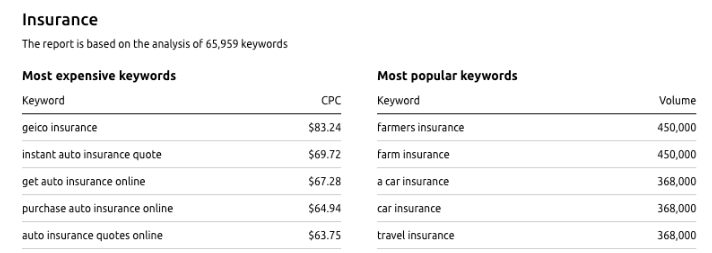The Importance of Online Banking Security: How to Protect Your Accounts
The Importance of Online Banking Security: How to Protect Your Accounts
In today’s digital age, online banking has become an essential part of our daily lives. With the convenience of being able to manage our finances from the comfort of our own homes, it’s no wonder that more and more people are turning to online banking. However, with the increased reliance on online banking comes a greater risk of security breaches and identity theft. It’s essential to take the necessary steps to protect your online banking accounts and ensure that your financial information remains safe and secure.
Why Online Banking Security is Crucial
Online banking security is crucial because it involves sensitive financial information, such as account numbers, passwords, and personal identification numbers (PINs). If this information falls into the wrong hands, it can lead to financial losses, identity theft, and even fraud. According to the Federal Trade Commission (FTC), online banking fraud is a growing concern, with thousands of people falling victim to scams and phishing attacks every year.
Common Online Banking Security Threats
There are several common online banking security threats that you should be aware of:
- Phishing attacks: Phishing attacks involve scammers sending fake emails or texts that appear to be from your bank, asking you to provide sensitive information such as your login credentials or PIN.
- Malware: Malware is software that is designed to harm your computer or mobile device, and can be used to steal your online banking login credentials.
- Identity theft: Identity theft involves stealing your personal information, such as your name, address, and social security number, to commit fraud.
- SQL injection attacks: SQL injection attacks involve hackers using malicious code to gain access to your online banking account and steal your financial information.
How to Protect Your Online Banking Accounts
To protect your online banking accounts from these security threats, follow these best practices:
- Use strong passwords: Use strong, unique passwords for your online banking account, and avoid using easily guessable information such as your name, birthdate, or address.
- Enable two-factor authentication: Two-factor authentication adds an extra layer of security to your online banking account, requiring you to provide a second form of verification, such as a code sent to your phone, in addition to your password.
- Keep your software up to date: Make sure your computer or mobile device is running the latest software and security updates to prevent malware and other security threats.
- Be cautious of suspicious emails and texts: Be wary of emails or texts that appear to be from your bank, asking you to provide sensitive information. Legitimate banks will never ask you to provide this information via email or text.
- Monitor your accounts regularly: Regularly check your online banking account statements to detect any suspicious activity, such as unauthorized transactions or withdrawals.
- Use a reputable antivirus software: Install reputable antivirus software on your computer or mobile device to protect against malware and other security threats.
- Use a secure internet connection: When accessing your online banking account, use a secure internet connection, such as a virtual private network (VPN), to encrypt your data and prevent eavesdropping.
Conclusion
Online banking security is a top priority for anyone who uses online banking services. By following these best practices, you can protect your online banking accounts from security threats and ensure that your financial information remains safe and secure. Remember, online banking security is a shared responsibility between you and your bank, so be sure to take the necessary steps to protect your accounts and report any suspicious activity to your bank immediately.




